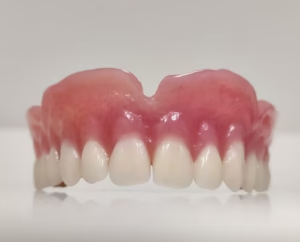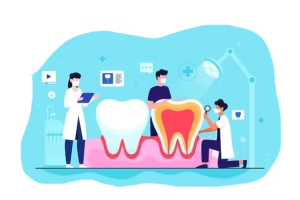Cosmetic Dentistry
Improve the oral health of patients, work towards the prevention of future oral health concerns, and helps patients with the appearance of their smile.
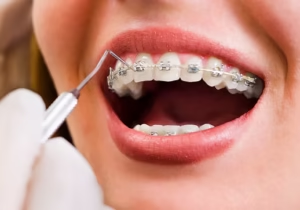
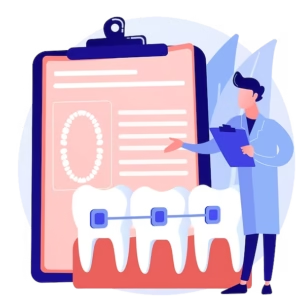
Braces
Dental braces are a device used in orthodontics to correct the alignment of teeth and their position with regard to bite. Braces are often used to correct malocclusions such as underbites, overbites, cross bites and open bites, or crooked teeth and various other flaws of teeth and jaws, whether cosmetic or structural. Orthodontic braces are often used in conjunction with other orthodontic appliances to widen the palate or jaws, create spaces between teeth, or otherwise shape the teeth and jaws.
Symptoms –
Teeth that are visibly crooked or crowded
Difficulty flossing between and brushing around crooked teeth
Frequently biting your tongue or cutting your tongue on your teeth
Teeth that don’t close over each other properly when your mouth is at rest
Stress or fatigue on your jawline after chewing food
Treatment –
The dentist determines if braces are suitable for the patient. The doctor consults with the patient and inspects the teeth visually. If braces are appropriate, a records appointment is set up where X-rays, molds, and impressions are made. These records are analyzed to determine the problems and proper course of action. Typical treatment times vary from six months to six years depending on the complexity and types of problems.
Jaw Line Alignment
Malocclusion or “bad bites” is one of the most common dental problems. When you have malocclusion, your upper and lower teeth don’t align when you close your mouth. Malocclusion typically happens when your teeth are crowded — meaning your teeth are too large for your mouth — or are crooked. But it can also happen if your upper and lower jaws aren’t aligned.
Symptoms of an uneven jaw-
Pain in the temple, Pain in the jaw joint area, Clicking jaw, Tight jaw, Pain in shoulder or back, Popping in ear
Treatment –
Placing braces on your teeth will gently pull them into alignment. The braces’ gentle consistent tug on your teeth reshapes the underlying bone in your tooth socket so your teeth are permanently shifted. Tooth aligners are clear plastic appliances that gradually move your teeth into alignment and are also recommended.
Removing teeth to ease overcrowding.
Performing surgery on your jaw to correct issues you inherited or fix jaw fractures that didn’t heal properly
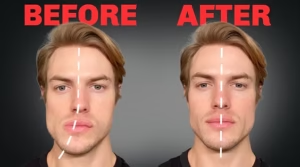
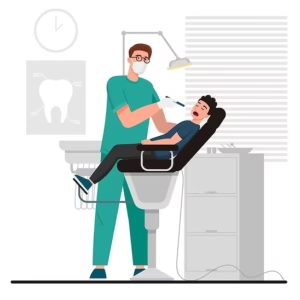
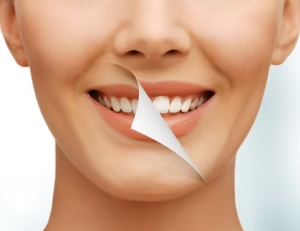
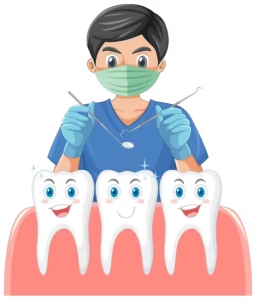
Cosmetic Smile
A smile makeover is a process of improving the appearance of the smile through one or more cosmetic dentistry procedures. Cosmetic dentistry is about helping you achieve a prettier smile and feel more attractive. After all, a bright smile can make anyone appear more beautiful and confident. From fixing discolored teeth to filling gaps between them, we help you enhance your facial aesthetics.
Reasons to See a Cosmetic Dentist –
Tooth decay, Damage (cracks, chips, etc.), Crooked teeth, Misshapen teeth, Discoloration, Missing teeth
For others, dental issues may affect their self-esteem. If you feel dissatisfied with your smile, a cosmetic dentist can improve the condition of your teeth.
Treatment –
- Whitening the Teeth
- Repairing Chips and Scratches on the Teeth
- Applying Veneers to Your Teeth
- Changing the Appearance of the Gums
- Application of Dental Crowns
- Replacing Your Missing Teeth
Mobile Teeth Solution
Even if your teeth are clean, spotless, and look to be in good shape, there could still be some underlying problems. If your teeth seem loose or you have problems chewing, it’s possible that the periodontal ligaments anchoring the teeth are loose or inflamed. This can cause an affected tooth to work its way loose and start shifting, which is called a ‘mobile tooth’.
Symptoms –
Redness around the gums, Tooth or gum pain, Swollen gums, Bleeding gums, Gum recession, etc.
Also, these signs can show dental disease, so it is necessary to consult a doctor for the same. Evaluating the cause will help your doctor to treat it appropriately.
Treatment –
It is of the utmost importance to stop the progression of periodontal disease before it further damages the gum and jaw tissue. The dentist will first assess the entire mouth to make sure that the disease is progressing. Once a diagnosis has been made, the dentist may treat the bacterial infection with antibiotics in conjunction with nonsurgical or surgical treatment or both.
